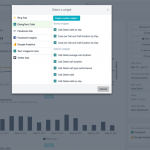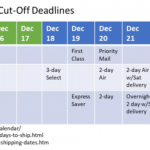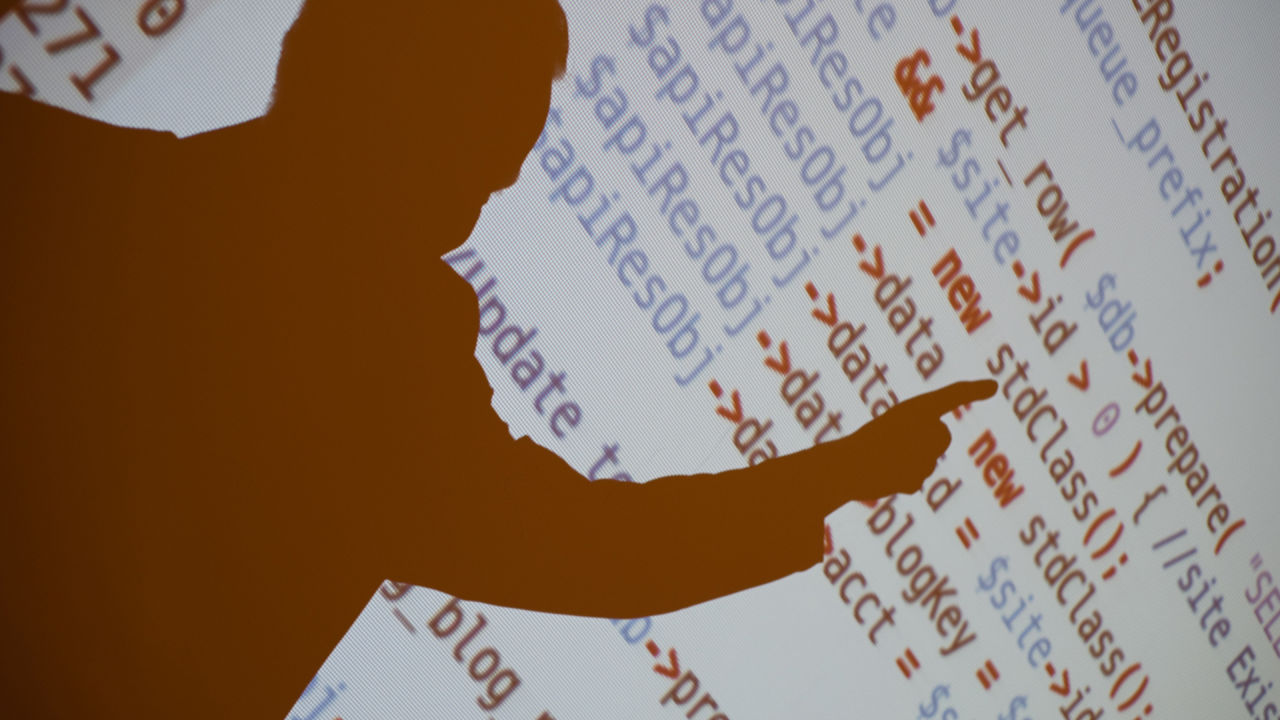How I Learned To Code On The Job
Week one of my new job I was in a full-scale internal panic. Why? I was a Web Producer who only knew the very basics of coding. Yeah, the justified kind of panic. I certainly didn’t misrepresent my skills in what was a very short interview for a temporary position. I had online marketing experience, graphic design experience, Photoshop, Illustrator, WordPress, yes. But Dreamweaver? No. Experience designing web pages from the ground up? No. Big no.
Step 1: Codecademy
Before you start a job that involves coding, actually complete the Codecademy courses (instead of just starting the first class every few months because you’re like, “Hm, maybe I should learn to code.”) This is an amazing primer for all the basics.
Step 2: Stay Calm
Day 1: “How’s your coding?” asked my co-worker. “Uhh… very basic.” “Well I’m going to send you something just take a look and see if you can do it.” PANIC MODE. There were definitely a couple of times in those first few weeks when I was trying to work on something and felt like I was about to cry. I needed to, say, redesign one of our site pages. Even if I had a mental image of what I wanted to do, I felt so frozen in trying to actually code that into reality. I just had to stay calm, Google, and figure out as much as I could on my own, until I reached a dead end and had a specific question to ask. Which brings me to step three…
Step 3: Ask A Million Questions
Try everything you can on your own, but if you’ve reached an impasse, just suck it up and ask someone. At a certain point if you’re continuing to struggle with one thing, you’re wasting both your and your employer’s time. Once a colleague showed me how to do something once, I would learn it, remember, and never have to ask again.
Step 4: Write It Down
The only reason I was able to remember—especially with small tricks or shortcuts I watched my colleague do—is that I wrote everything down. There are so many different ways to do things that if you learn a particularly helpful trick, write it down. Keep a running notebook so that you never have to ask the same question twice.
Step 5: Spend Spare Seconds Learning
Like I said, start with Codecademy–it’s easy and free, and it doesn’t get better than that. But there are plenty of other resources that you need to continue to use. Keep a reference guide at your desk, sign up for in-person coding classes in your city (Girl Develop It and Skillcrush are great resources), watch training videos, etc. etc. I haven’t been able to treat this job as a 9-5, because I had a steep learning curve that I had to race to catch up with every night. Do the same. Even though I still have a long way to go, as long I’m constantly learning, improving, and expanding my skill set, I’m also confident. Have any of you had a similar job experience? What are your best tips for learning to code on the job? —Kelsey Manning is a Notre Dame graduate who is passionate about great books, writing, fashion, and social media done well. She works for former Cosmo Editor-in-Chief Kate White and is a freelance writer. This article originally appeared in Levo and is reprinted with permission.
(155)













